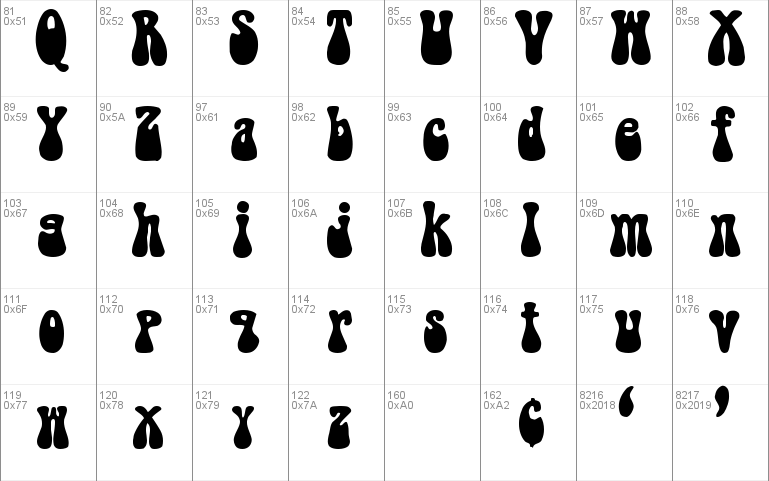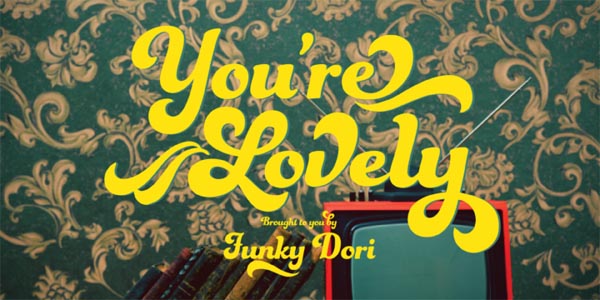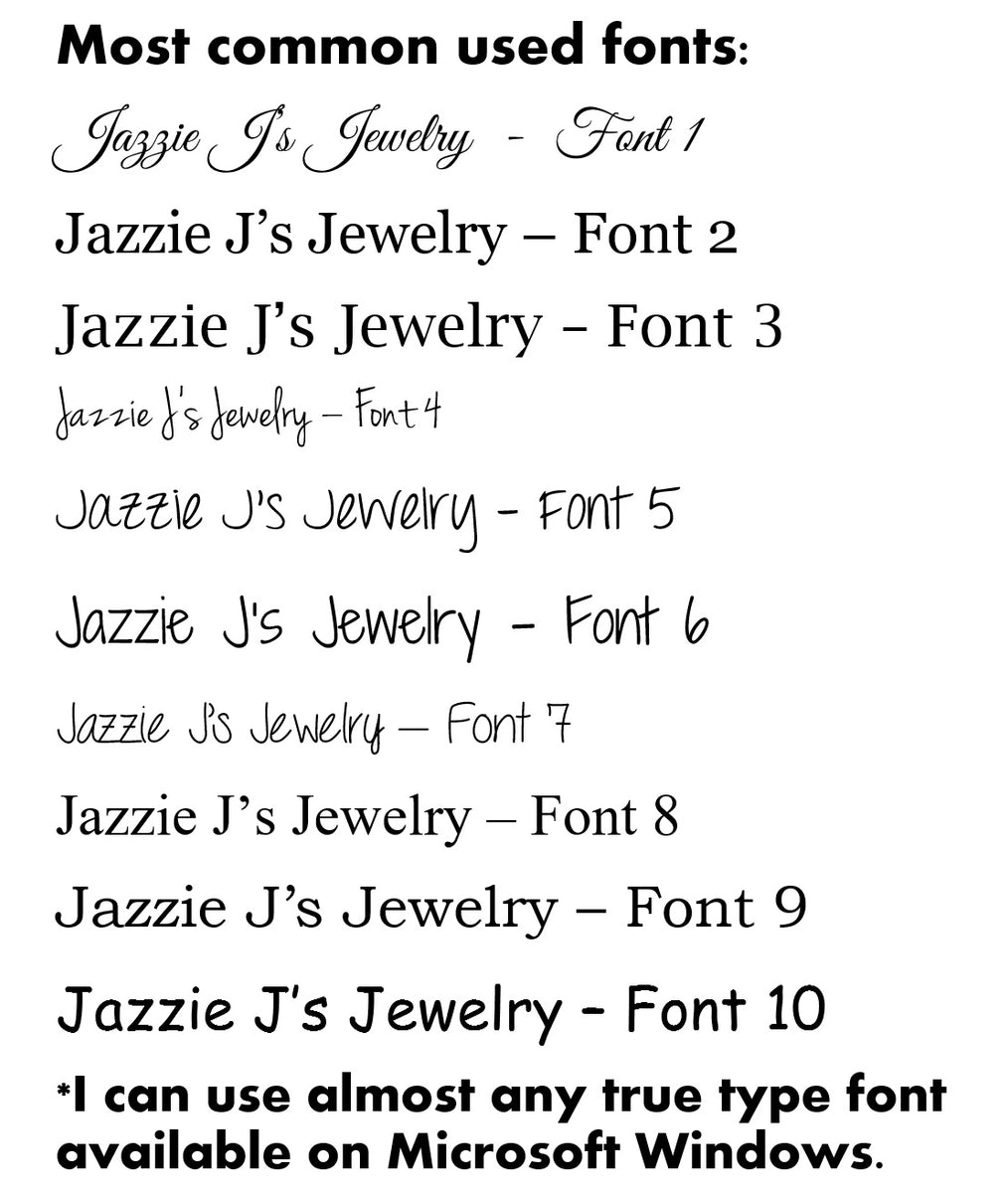


Similar to Haettenschweiler, it's just what it sounds like-a big sturdy font designed for headlines EurostyleĪ more old-fashioned sans-serif, with a bit of class and elegance. Noet that the tail of the y is much more like Helvitica than Tahoma or Verdana.Īnother font that is similar to Helvetica, but with a straight legged R. Very common-this page uses Verdana as its body type.Īnother Microsoft font, Tahoma is extremely similar to Verdana, but has a narrower body, less generous counters, and tighter letter spacing.Īnother Helvetica follower, Geneva was developed by Mac, and has rounder bowls, and is lighter than Helvetica. Opinions vary.Ĭommisioned by Microsoft to work on the web, althought it's often used in print as well. The most common sans-serif font ever, it's either the pinnacle of typographic design or an abomination of Nature. One of the most common of the truly ugly typefaces.ĭistinctive pointy serifs, especially on the numbers. High contrast between thin and thick strokes, angular and very thin serifsĪnother example of extreme contrast between thick and thin strokes, but not quite as extreme as Didot.Ī monospaced, slab serif (rounded), commonly used in screenplays and government work. Note the looping Q.Ī very popular font, its calligraphic nature mimics the use of a broad nib pen.

Long extenders and top serifs have a downward slope.Ī common font for reading textbooks in the early part of the 20th century. Notice the small bowl of the a and the small eye of the e. Note the low x-height and the slope of e's bar.

Note the "scooped" top of the A, and the differences in the Q and the ears of the g. Notable for the upward ear of the lower-case g and the shape of the dots.Ī newer version of Caslon. Start by looking at all of these and start thinking about how to distinguish them. These are just a few of the most common fonts you will encounter when working with type.


 0 kommentar(er)
0 kommentar(er)
